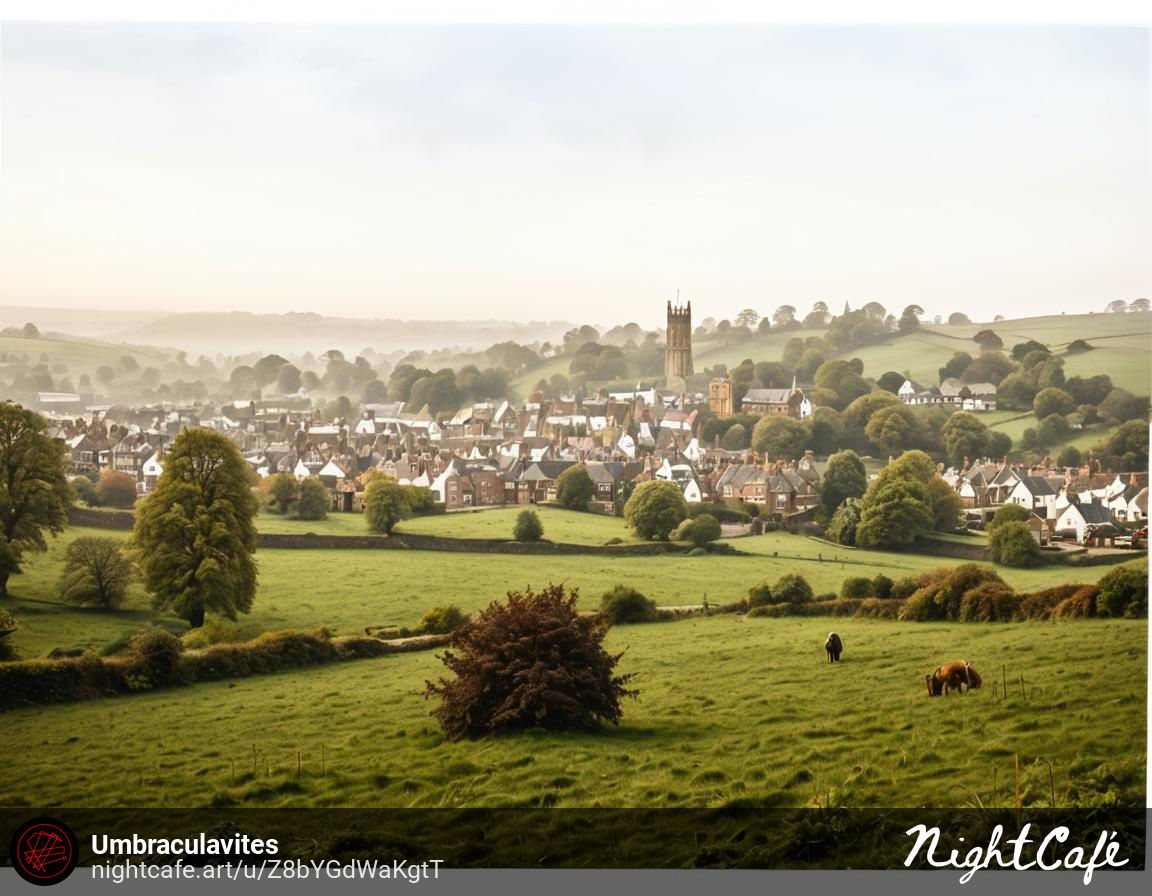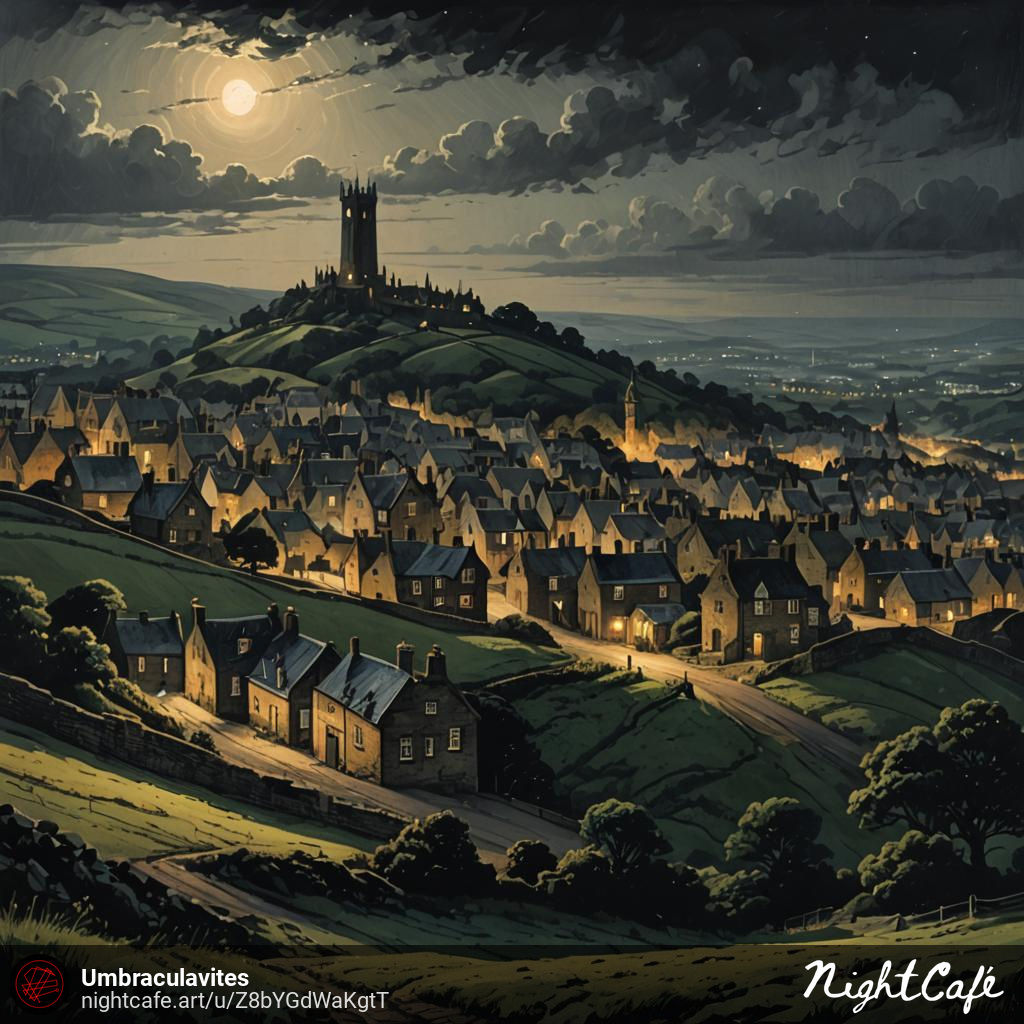Glastonbury
Contents
- 1 Introduction
- 2 Appearance
- 3 City Device
- 4 Climate
- 5 Demonym
- 6 Districts
- 7 Economy
- 8 Geography
- 9 History
- 10 Population
- 11 Arenas
- 12 Attractions
- 13 Cemeteries
- 14 City Government
- 15 Communications
- 16 Crime
- 17 Citizens
- 18 Current Events
- 19 Fortifications
- 20 Galleries
- 21 Holy Ground
- 22 Hospitals
- 23 Hotels & Hostels
- 24 Landmarks
- 25 Law Enforcement
- 26 Monuments
- 27 Museums
- 28 Newspapers
- 29 Parks
- 30 Residences
- 31 Restaurants
- 32 Ruins
- 33 Schools
- 34 Shopping
- 35 Taverns
- 36 Theaters
- 37 Transportation
- 38 Visitors
- 39 Vampires
- 40 Websites
Introduction
"In Glastonbury, history, myth and legend combine in such a way that most visitors cannot fail to feel the powerful atmosphere of the town. For not only is Glastonbury the cradle of Christianity in England but is also reputed to be the burial place of King Arthur. Glastonbury is a town steeped in myths and legends. Theories about the founding of the great abbey and connections to the Arthurian legends and the land of Avalon are too numerous to count. The mysterious and sacred aspects of Glastonbury attract visitors and pilgrims from all over the world who seek forgotten lands and wish to drink from sacred springs."
Glastonbury is a town and civil parish in Somerset, England, situated at a dry point on the low-lying Somerset Levels, 23 miles (37 km) south of Bristol. The town had a population of 4,213 in the 1900 census. Glastonbury is less than 1 mile (2 km) across the River Brue from Street, which is far smaller than Glastonbury.
Appearance
Daytime
Nighttime
City Device
Climate
Along with the rest of South West England, Glastonbury has a temperate climate which is generally wetter and milder than the rest of the country. The annual mean temperature is approximately 10 °C (50.0 °F). Seasonal temperature variation is less extreme than most of the United Kingdom because of the adjacent sea temperatures. The summer months of July and August are the warmest with mean daily maxima of approximately 21 °C (69.8 °F). In winter mean minimum temperatures of 1 or 2 °C (33.8 or 35.6 °F) are common. In the summer the Azores high pressure affects the south-west of England, however convective cloud sometimes forms inland, reducing the number of hours of sunshine. Annual sunshine rates are slightly less than the regional average of 1,600 hours. In December 1998 there were 20 days without sun recorded at Yeovilton. Most of the rainfall in the south-west is caused by Atlantic depressions or by convection. Most of the rainfall in autumn and winter is caused by the Atlantic depressions, which is when they are most active. In summer, a large proportion of the rainfall is caused by sun heating the ground leading to convection and to showers and thunderstorms. Average rainfall is around 700 mm (28 in). About 8–15 days of snowfall is typical. November to March have the highest mean wind speeds, and June to August have the lightest winds. The predominant wind direction is from the south-west.
Demonym
Districts
Economy
Geography
History
Population
- -- City (0) - Dated census
- -- Urban (0) - Dated census
- -- Metro Area (0) - Dated census
Arenas
Attractions
Glastonbury Tor
Cemeteries
City Government
Communications
Post
Telegraph
Crime
Citizens
Current Events
Fortifications
Galleries
Holy Ground
Hospitals
Hotels & Hostels
Landmarks
Law Enforcement
Monuments
Museums
Newspapers
Parks
Residences
Restaurants
Ruins
Schools
Shopping
Taverns
Theaters
Transportation
Visitors
- Ghislaine Bellefontaine -- Professor of Folklore & Linguistics
Vampires
- Friedhold Prufrock -- Tremere Archaeologist
Character Creation
Websites
https://en.wikipedia.org/wiki/Glastonbury
https://www.historic-uk.com/HistoryMagazine/DestinationsUK/Glastonbury/
https://www.worldhistory.org/article/1558/visiting-glastonbury---the-town-of-myths--legends/
https://www.british-history.ac.uk/vch/som/vol9/pp6-10
https://www.craiyon.com/image/wxKWw7UWT5mDWoU3VqtZ1g
https://localhistories.org/a-history-of-glastonbury/



